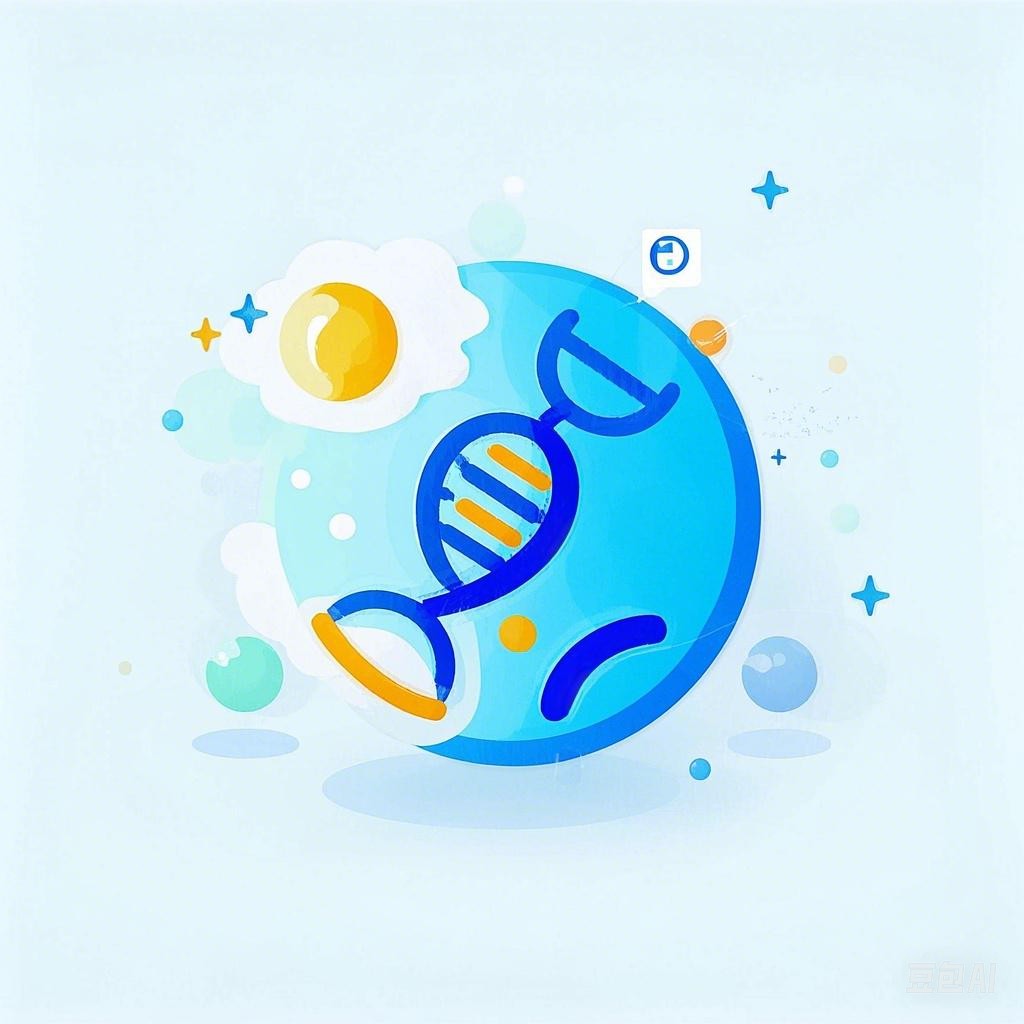Introduction
English translation plays a pivotal role in the field of biopharmaceutical engineering, where the accurate conveyance of complex scientific concepts is essential for effective communication and collaboration. This article delves into the intricacies of English translation within this specialized domain, exploring the challenges, best practices, and the significance of precise language in biopharmaceutical research and development.
The Significance of English in Biopharmaceutical Engineering
Global Language of Science
English has become the lingua franca of scientific research, particularly in biopharmaceutical engineering. This is due to several factors:
- International Collaboration: Many biopharmaceutical research projects involve teams from different countries, making English the common language for communication.
- Publishing and Academic Journals: The majority of scientific publications, including those in biopharmaceutical engineering, are written in English.
- Regulatory Standards: International regulatory bodies such as the FDA require documentation in English for approval of biopharmaceutical products.
Challenges in English Translation in Biopharmaceutical Engineering
Technical Terminology
One of the primary challenges in translating documents in biopharmaceutical engineering is the vast array of technical terminology. Terms like “pharmacokinetics,” “biomarker,” and “proteomics” are specific to the field and often have no direct equivalents in other languages.
Contextual Understanding
Accurate translation requires a deep understanding of the context in which the terms are used. For example, the term “bioavailability” can refer to the fraction of a drug that reaches systemic circulation, but its meaning can vary depending on the context.
Cultural Nuances
Cultural nuances can also pose challenges. For instance, idiomatic expressions or cultural references that are common in English may not have direct equivalents in other languages.
Best Practices in English Translation for Biopharmaceutical Engineering
Subject Matter Expertise
Translators should have a strong background in biopharmaceutical engineering or a related field. This ensures they understand the technical concepts and can translate accurately.
Use of Dictionaries and Databases
Utilizing specialized dictionaries and databases, such as the “Medical Dictionary for the Health Professions” or “MeSH (Medical Subject Headings),” can help translators find accurate and precise terms.
Collaboration with Subject Matter Experts
Working closely with subject matter experts can provide clarity on complex concepts and ensure the accuracy of the translation.
Consistency in Terminology
Maintaining consistency in terminology throughout a document is crucial. This can be achieved by creating a glossary of terms used in the translation.
Examples of English Translation in Biopharmaceutical Engineering
Case Study 1: Clinical Trial Protocol
A clinical trial protocol for a new biopharmaceutical drug was translated from English into Spanish. The translator used a combination of subject matter expertise and specialized dictionaries to ensure the accuracy of technical terms like “pharmacodynamics” and “placebo-controlled.”
Case Study 2: Regulatory Submission
A regulatory submission for a biopharmaceutical product required translation from English into German. The translator collaborated with a German biopharmaceutical engineer to ensure the accuracy of complex concepts and the cultural appropriateness of the document.
Conclusion
English translation in biopharmaceutical engineering is a critical component of global scientific collaboration and regulatory compliance. By understanding the challenges and employing best practices, translators can ensure the accurate and effective communication of complex scientific concepts, contributing to the advancement of biopharmaceutical research and development.
